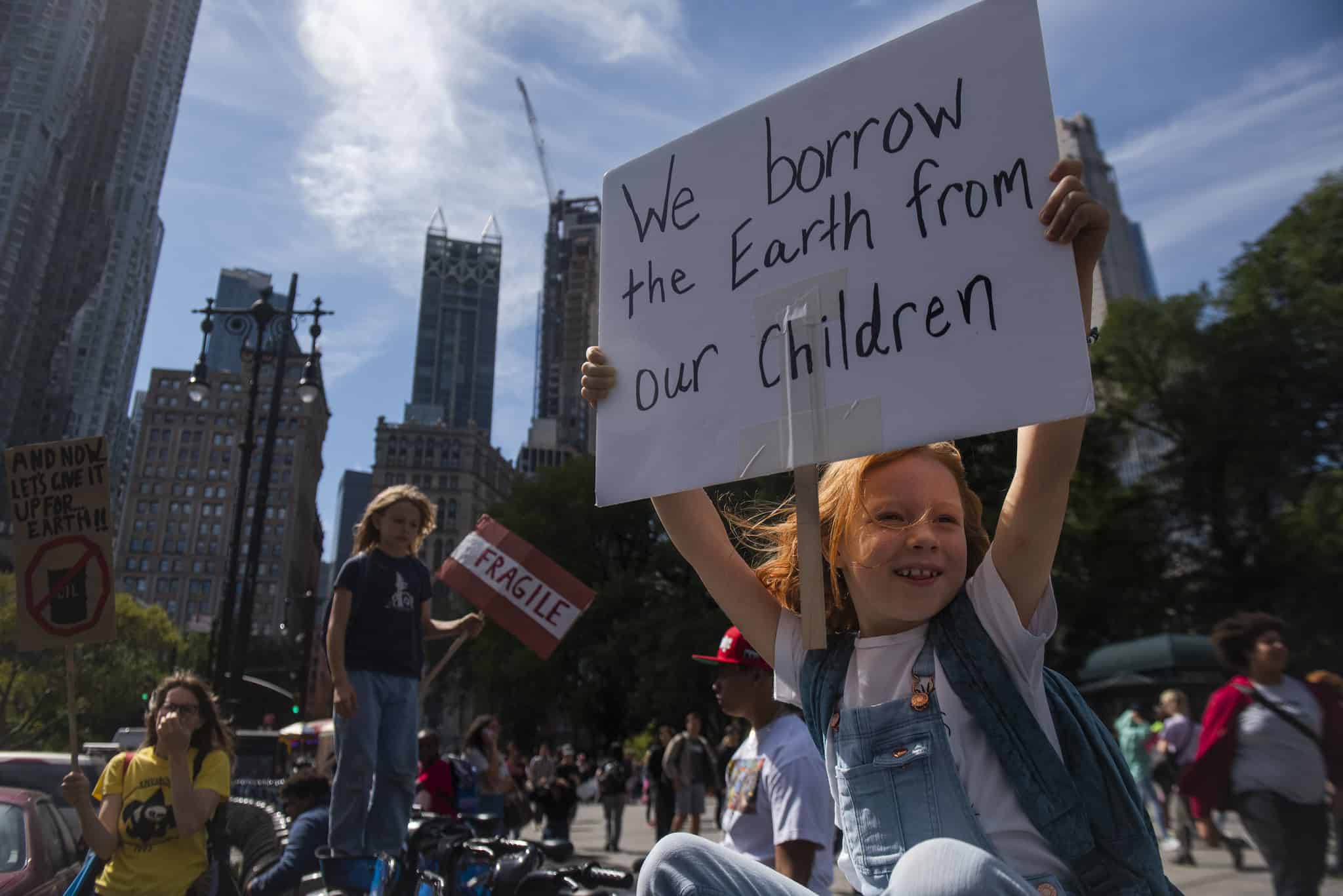Anger may be the main emotion leading people to participate in climate activism. Researchers asked over 2,000 people in Norway how they feel about the climate crisis and its effects. They found that anger trumped all other emotions, including sadness, guilt, fear, and hope.

While some emotions such as fear and hope have been well studied in relation to climate change perceptions and engagement, this isn’t the case for anger. Still, its potential is widely recognized — from Greta Thunberg’s speeches inspiring young kids to join the Yellow Vests in France protesting against fuel increases due to climate reasons.
People may be angry about climate change for many reasons. These reasons range from political inaction (the cause of the crisis) to the impact on future generations (the consequences), or because they consider climate policies unjust or unnecessary. In their study, researchers in Norway decided to look deeper at anger and its effects in relation to the climate crisis.
Scientists analyzed data from 2,046 people collected as part of an ongoing survey. Participants were asked how much they experienced five emotions (anger, sadness, guilt, fear, and hope) related to climate change. Almost half (48%) said they felt angry. Climate anger was especially high among women, youth, and those who identified as left-winged on the political spectrum.
Those who said they were angry were asked to be more specific. Basically, researchers asked them which aspects of climate change make them angry. Almost 60% said they were angry about human actions and nearly 30% were angry about human qualities. People were also angry about the prioritization of money over the environment.
“Human qualities, human action, and the prioritization of money were the only categories related to higher scores on considering climate action a moral duty. This indicates that anger directed at these aspects at least partly reflects moral anger (a reaction to people overstepping moral boundaries),” the researchers wrote.
Climate activism and anger
Next, the researchers looked at the link between climate anger and climate change engagement — specifically activism. Among the five studied emotions, anger had the strongest link to activism. People who stated they were angry about the climate crisis were also more likely to support climate policy but not more likely to take individual action.
Among other emotions, sadness related positively to activism and individual behaviors but wasn’t related to policy support. Fear was related to all three outcomes. Guilt was only linked to policy support, while hope was related to individual behavior and policy support. Those on the left of the political spectrum were more linked to activism.
Thea Gregersen, a climate change researcher at the Norwegian Research Centre and study author, told Anthropocene Magazine that the main takeaway from this is that climate anger relates to climate change engagement. “But the effect depends on the type of engagement in question and what are people angry about,” Gregersen added.
Granted, this is still a fairly small cohort. It’s also a Norwegian cohort, and the findings may not carry over to other populations. But it shows that people are indeed angry about climate change — and this anger can be a good motivator to act on climate change. We should not descend into a spiral of anger, but rather funnel this emotion into bringing the positive change we hope to see.
The study was published in the journal Global Environmental Change.









